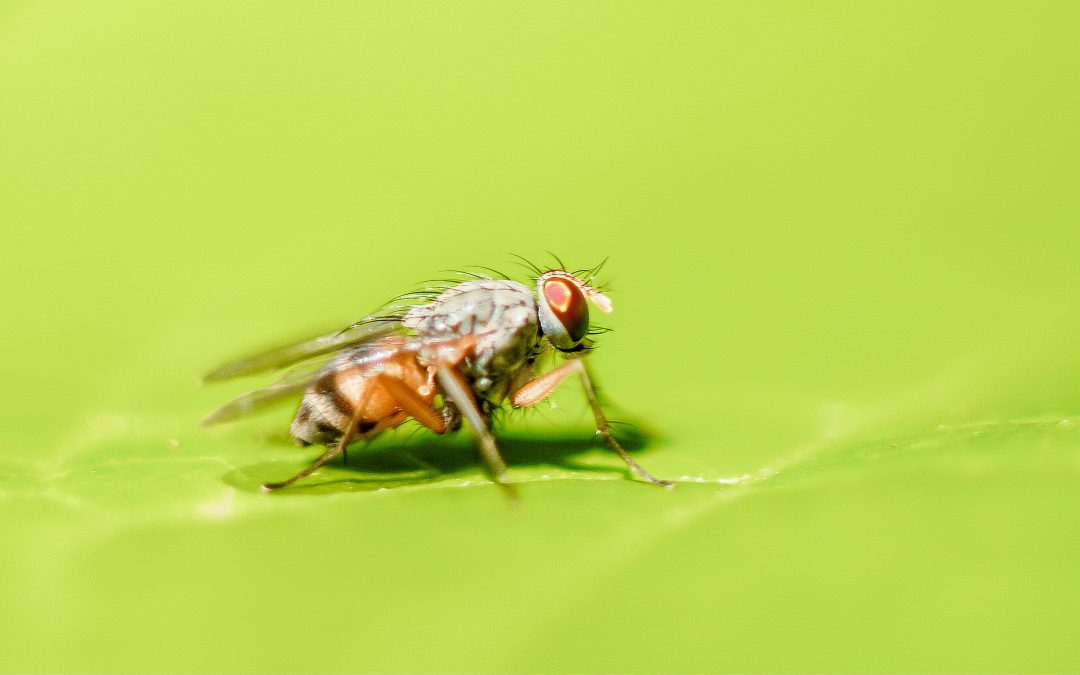“Complexity that works is built up out of modules that work perfectly, layered one over the other.”
– Kevin Kelly
Living creatures are almost incomprehensibly complex. Take the human body, which is made up of trillions of cells creating thousands of different parts. Our mass of interconnected systems, and indeed the complex biological systems of many members of the animal kingdom, have slowly built up over the course of millions of years as life forms have grown in complexity and adapted to become more specialized. One of the reasons that these forms of life have been able to become so elaborate is that their cells are capable of determining their location and orientation within the body. This ability for cells to know where they are in the body leads to an evolutionary advantage: it allows for the creation of elaborate, non-symmetrical systems.
While the details of living organisms have changed massively in the past half-billion years, one thing common to most of them hasn’t changed very much at all: the genetics that control the process of orienting cells in consistent directions within the body. In March 2016, Scientific American ran an article discussing how scientists are experimenting to determine how these genes work. These “polarity genes” originally evolved five hundred million years ago and haven’t changed much in the interim. They cause certain proteins in cells to work a lot like magnets. Within each cell, these proteins push each other apart to opposite ends of the cell. Between the cells, the same proteins that repel each other within a cell experience an attraction, pulling the opposite protein from adjacent cells towards them. The ultimate effect of this is that, locally, the cells become oriented with all the proteins of one type lined up on one side of the cell, and all proteins of the other type lined up on the opposite side. This effectively creates a sort of compass for the cells and allows the establishment of a common directionality.
So if cells know where they are in relation to each other, what advantages does that offer? Just this: if cells can locate themselves in relation to their neighbors, they don’t have to be symmetrical. Asymmetry allows for the development of very complex biological structures. In the human ear, for example, cilia at one end of the cochlear duct are specialized to distinguish high-frequency sounds, while the cilia at the other end of the duct specialize in distinguishing low-frequency sounds. Without any ability for developing cells to reference where they are located in relation to their neighbors, this type of specialized function would be impossible.
Most of the research involving tissue polarity has been done with Drosophila melanogaster: the common fruit fly. This research has been going on since the 1980’s, but scientists continue to work towards unraveling all the complex mechanisms that interact with the polarity proteins during development. The experiments described in the Scientific American article involved examining the growth of wing hairs on drosophila flies. The scientists compared the growth of hair on normal fly wings, where the hairs all grow pointing towards the tip of the wing, with flies that had selectively mutated genes related to the proteins involved in tissue polarity. The results showed that modifications to these genes led to some wing hairs growing in random directions. However, the nearby hairs had reoriented themselves to minimize the differences in direction between other nearby hairs, creating swirling patterns. This supports the idea of inter-cellular attraction described above; as the mutation causes certain cells to form out of alignment, nearby cells are “pulled” in attempt to correct the alignment as much as possible.
Experimentation has shown that the polarity system is extremely complex. There are multiple proteins involved in the system, and no one protein is critical to controlling the process. Instead, they work together to form a signaling pathway to control the polarity of not only adjacent cells, but large regions of cells such as internal organs and biological systems (e.g. the mammalian nervous system).
Powers Scientific has been helping advance these research for over 30 years with our Drosophila and Small Insect Incubators. Offering a temperature range from 5-60°C (with or without light control) and optional additive humidity up to 90%, our chambers can support nearly any insect-based study.
Scientists have also tested for genes related to tissue polarity in hair growth patterns in rodents (mice). Mouse hairs normally grow parallel to each other, but mice bred with genetic mutations involving tissue polarity produce hair growing in whorls similar to the patterns seen on the mutant drosophila wings. There are also interesting studies of tissue polarity in other areas of mouse development. One such area of study was the effect of polarity genes on neurogenesis, or the development of the brain and spinal cord. Normally, the major pathways that axons (the “wires” that connect individual neurons in the brain) follow during embryonic development are predefined. Scientists discovered that mice with mutations in certain genes responsible for tissue polarity had axons developing along aberrant trajectories. While the polarity systems in the brains and skin of mice are not identical, they are similar enough that mutations in related genes can cause aberrant growth.
Powers Scientific also provides equipment for many aspects of rodent research. Our Rodent Incubators can maintain temperature settings from 5.5-50°C with light control, while exchanging the air inside of the chamber with fresh room air up to 15 times per hour. Just like the Drosophila and Small Insect Incubators, our Rodent Incubators are custom-built to suit the needs of your specific application.
For more information about our insect chambers or rodent incubators or to request a quote, visit our Contact Us page or call us at (800) 998-0500.

